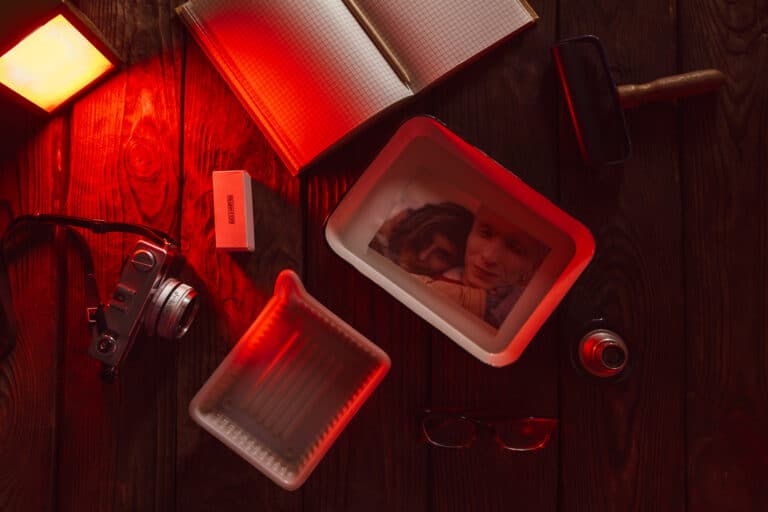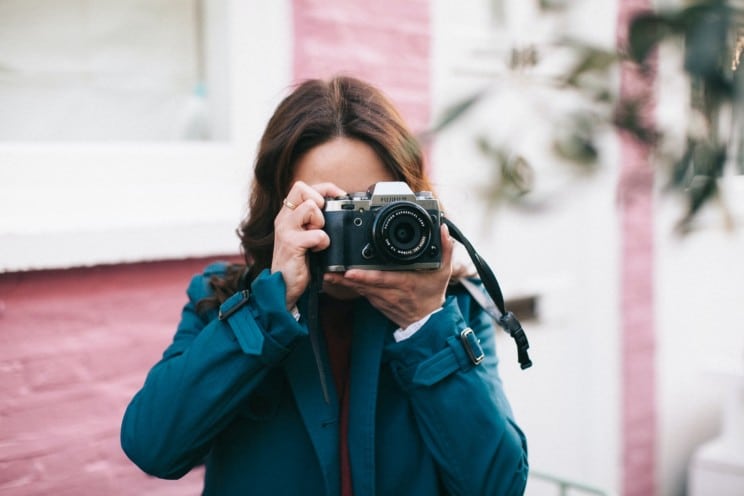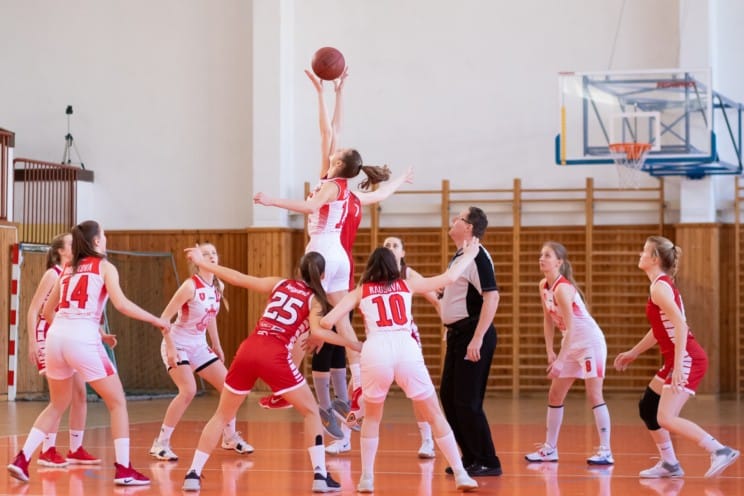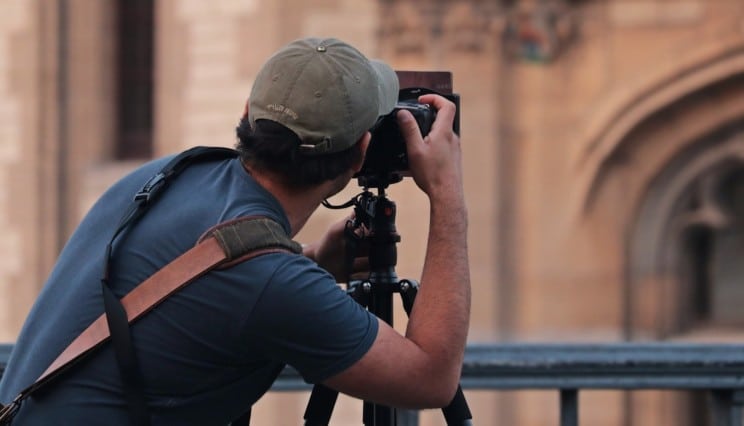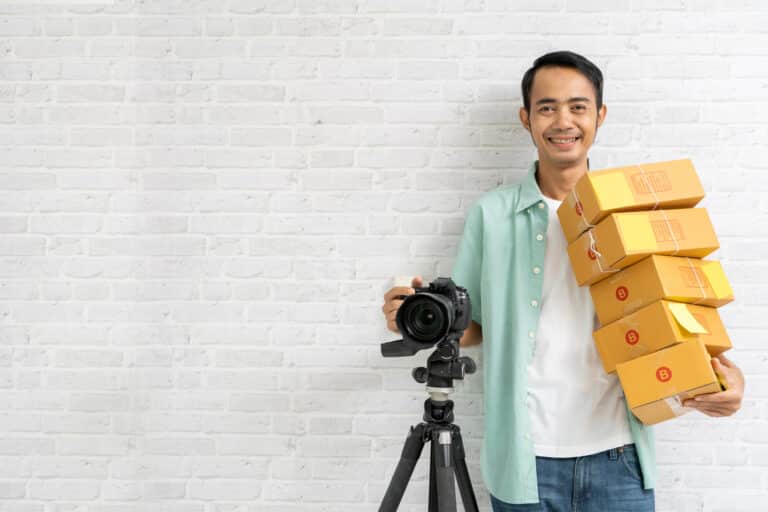Why Do I Look Fat In Pictures?
Looking fat in pictures is common to all, but it’s an issue that doesn’t sit very well with some of us.
It’s such a serious matter that someone will shy away from a photo shoot when everyone else is having a fun-full moment.
Therefore, we consider the matter worth researching to help you understand the science behind your distorted look.
So you’re asking…why do I look fat in pictures?
You look fat in pictures due to various factors.
The most influential one is the camera’s focal length which tends to flatten all your body features.
Other factors include the lightning, angle, and distance between you and the camera. Also, your psychology can cause you to see yourself as fatter.
This article gives you a profound understanding of this subject. Let’s get started.
Why Do I Look Fat In Pictures?
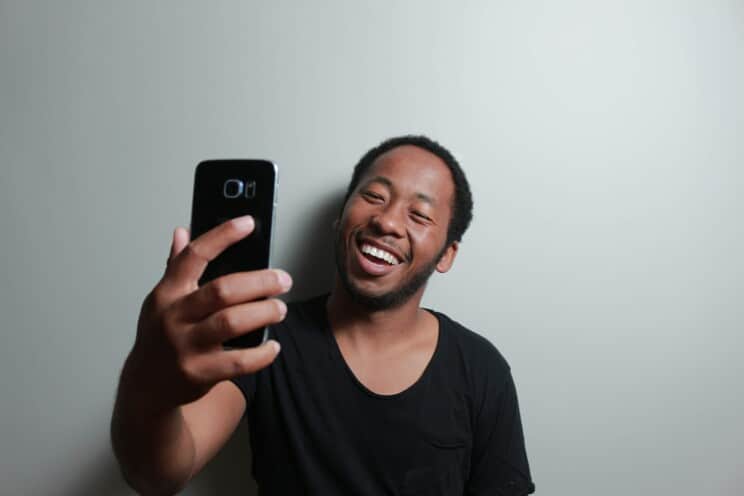
The cause of a fatter look in pictures is mainly due to the photographer’s inexperience with good shooting angles and your psychological setup.
Some people determine if they’re fat or not by looking at their photos.
Even so, the camera-related elements and external factors determine the outcome of any photo shoot.
Camera-Related Factors
The appearance of any picture is highly dependent on the elements of the camera, as outlined below:
- Focal length
- Lens angle
- Projection
Read on to understand how the above factors influence your look in pictures.
1. Focal Length
Your camera’s focal length can lead to shading around the pictures you take, which causes you to look larger.
That is common when using a short focal length, as the focal length determines the angle of view.
Therefore, always choose a long one to keep the shading issue at bay.
The ideal focal length to avoid shading and other distortions range between 85-135 mm lenses.
Also, it’s good to consider the lens thickness, as it affects the focal length. Thicker lenses shorten the focal length.
2. Lens Angle
The lens angle of your camera is the primary determinant of your look in pictures due to the distortion effect.
The wider a camera’s lens is, the larger (more distorted) the image looks.
Hence, if you take a picture of yourself with a wide-angle lens camera, you’re likely to look fatter than you are.
Note that most phone lenses are wide-angled, which is why you look fat when taking a selfie.
3. Lens Projection
Sometimes your pictures may have barrel distortion.
This appearance results from straight lines looking curved and the lenses magnifying the center of your picture more than the edges.
Consequently, your image in the picture may look larger.
Non-Camera Related Factors
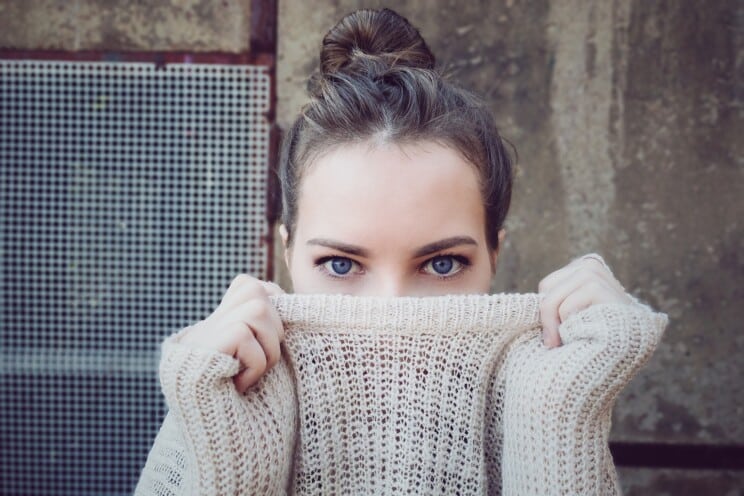
Factors outside your camera’s influence may also affect how you look in pictures. They include the following:
- Clothing
- Pose and posture
- Lighting
- Distance
Each of the above factors has its way of determining your appearance in pictures. Let’s see how.
1. Clothing
How you cloth also matters when it comes to looks in pictures. It doesn’t only give an impression but also determines if you’ll look larger or thinner.
Thick, heavy clothing makes you look bulkier, while properly fitting one gives your actual or thinner appearance.
Also, if you dress in horizontally-striped clothing, you tend to look fat in your pictures. On the other hand, vertically-striped apparel results in a thinner and taller look.
2. Pose And Posture
Where and how you pose for a photo also determines whether you look fat or slender in the picture.
While some postures result in taller and slimmer images, others make you look shorter and larger.
The other posture that may result in looking fat is curved.
It causes your stomach to move forward and hides the vital features like the neck that maintain a slim look.
The best posture for taking a slender-looking picture is standing straight with shoulders back.
3. Lighting
Proper lighting is everything in photography. Both natural and artificial lighting makes your skin glow and look slim.
The ideal times when using natural light are a few hours after sunrise and before sunset. This duration produces the best photography results.
4. Distance
How close or far from the camera you are, contributes to your appearance in the picture.
When standing in front of a mirror, your image broadens as you draw closer.
Surprisingly, the opposite is true in front of a camera. The closer you are, the thinner you look, and vice versa.
The behavior is angle-related.
Final Thoughts
There are photography-related and non-photography-related reasons why you look fat in pictures.
The former includes the lens angle, focal length, and lens projection, while the latter comprises lighting, distance, posture, and clothing.
To combat this problematic issue, photographers should select the appropriate field of view and distance.
On the other hand, you take care of your clothing and posture to obtain the desired results: normal or thinner-looking images.
Also, try increasing the distance between you and the camera when taking a selfie to maintain slimmer looks.
Alternatively, use the back-facing camera to achieve the same results.

